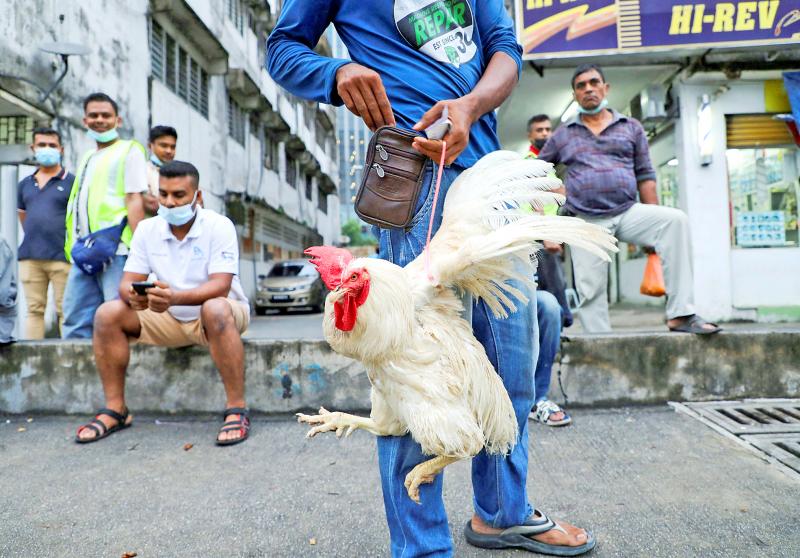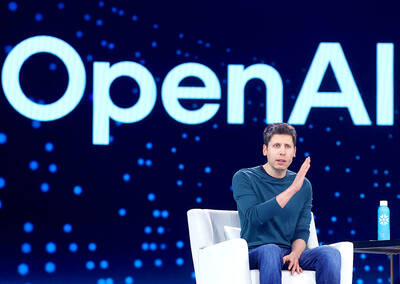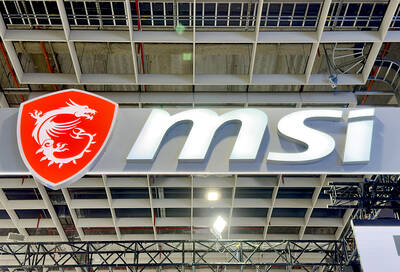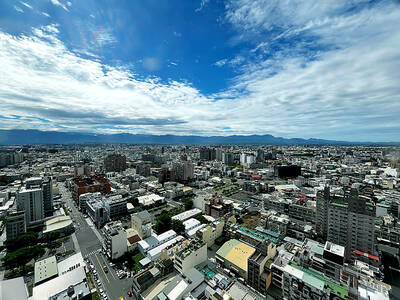What do you get when three pandemics coincide with a drought? The most expensive chicken we have seen in years.
Prices for the world’s most consumed meat have been surging in recent months. Retail whole chickens in the US cost US$1.79 per pound (454g) last month, the highest price in 15 years of records and about 19 percent more than their 10-year average. In Thailand, the fourth-biggest exporter after the US, Brazil, and the EU, similar birds last week were at 62.50 baht (US$1.82) per kilogram, a one-third increase in six months. Wholesale frozen chickens in Brazil were going for 10.21 reais (US$2.12) per kilogram on Thursday last week, more than double their 10-year average.
There have been some shocking dislocations as a result. Malaysia this week said it would halt exports of the meat by the end of this month to ensure it had sufficient domestic supplies. That has caused a degree of alarm in land-poor Singapore, which considers Hainanese chicken rice its national dish and depends on its neighbor for a supply of fresh birds. Taiwan went the other way last month, relaxing quarantine restrictions on poultry to increase imports from the US.

Photo: Reuters
In the US, servings of chicken wings are going for twice what they cost a few years ago, while British supermarket chain Co-operative Group Ltd has warned that the meat could soon become as expensive as beef. The shares of poultry producers such as Pilgrim’s Pride Corp and Tyson Foods Inc have been surging.
The cause of all this chaos has been a veritable cavalry charge of apocalyptic horsemen. Three separate pandemics are squeezing white meat. A variant of avian influenza that rarely infects humans but is devastating to flocks has swept through the major producing regions. The result has been mass culls as farmers have struggled to halt the spread. In the US alone, more than 38 million broiler chickens have been killed off since the start of February. In France, one in 20 birds has been culled. Among the world’s major poultry producers, only Brazil and China have remained immune so far.
In normal times, the impact would be muted as consumers switched to alternatives — but a second pandemic, the African swine fever, is still sweeping through the world’s pig herds, especially in Asian countries where pork is a particularly common substitute for chicken. As a result, this alternative is not playing its usual role as a safety valve to reduce the strain on poultry when demand for animal protein starts to outstrip supply.
As if that was not enough, there is the US’ own pandemic to consider. Chicken is a particularly popular meat for fast food and restaurants, with about half of poultry in the US cooked outside the home. During the two years of COVID-19, that end of the market entered a prolonged slump, helping drive US retail prices to an eight-year low early in 2020.
However, as the world returns to normal, resurgent demand is butting up against an industry that has adapted to more limited pandemic-era consumption levels. The market for chicken can rebalance with remarkable speed — chicks can be raised to slaughter weight in just over a month, compared with six months for pigs and more than a year for cattle — but it would still take time to rebuild flocks to normal levels, even if avian influenza was not a factor.
As if all that was not enough, there is also the impact of drought to consider. The cost of chicken is so intimately related to the grains used to fatten broilers that analysts often study price-feed ratios, which estimate meat as a mathematical product of corn and soy prices in much the same way that oil refiners’ margins are stylized as the spread between crude and major products.
Corn, the most important feed grain, hit its highest level in 10 years last month and is costing roughly double what it did for most of the 2010s. The La Nina climate cycle, which typically brings dry conditions and weak farm yields to corn-growing areas of the US Midwest and South America, is entering its third consecutive year. US soybeans also tend to suffer during La Nina cycles, although tropical crops from Brazil do a little better.
In rich countries, people can mostly take this in stride. Chicken price rises are not cutting into incomes to nearly the extent that the cost of fuel is, and in places where food represents 10 percent or so of spending, it is not hard to shell out a little more. Where nutrition takes up one-third or more of household budgets, as in developing Asia and Africa, people will have no choice but to do without. Even in relatively affluent Brazil, consumers who in recent years have traded down from beef to chicken, are now cutting out meat altogether or substituting with eggs or pork, as years of recession and inflation cut into incomes.
While the world needs to reduce its meat intake, this is no cause for celebration. Protein is still an essential part of a balanced diet — and the rich will have little trouble affording it, this year and next.
However, in poor countries most at risk of undernourishment, one source of essential nutrition and pleasure is gradually slipping out of reach.
David Fickling is a Bloomberg Opinion columnist covering energy and commodities. Previously, he worked for Bloomberg News, the Wall Street Journal and the Financial Times.
This column does not necessarily reflect the opinion of the editorial board or Bloomberg LP and its owners.

Meta Platforms Inc offered US$100 million bonuses to OpenAI employees in an unsuccessful bid to poach the ChatGPT maker’s talent and strengthen its own generative artificial intelligence (AI) teams, OpenAI CEO Sam Altman has said. Facebook’s parent company — a competitor of OpenAI — also offered “giant” annual salaries exceeding US$100 million to OpenAI staffers, Altman said in an interview on the Uncapped with Jack Altman podcast released on Tuesday. “It is crazy,” Sam Altman told his brother Jack in the interview. “I’m really happy that at least so far none of our best people have decided to take them

BYPASSING CHINA TARIFFS: In the first five months of this year, Foxconn sent US$4.4bn of iPhones to the US from India, compared with US$3.7bn in the whole of last year Nearly all the iPhones exported by Foxconn Technology Group (富士康科技集團) from India went to the US between March and last month, customs data showed, far above last year’s average of 50 percent and a clear sign of Apple Inc’s efforts to bypass high US tariffs imposed on China. The numbers, being reported by Reuters for the first time, show that Apple has realigned its India exports to almost exclusively serve the US market, when previously the devices were more widely distributed to nations including the Netherlands and the Czech Republic. During March to last month, Foxconn, known as Hon Hai Precision Industry

PLANS: MSI is also planning to upgrade its service center in the Netherlands Micro-Star International Co (MSI, 微星) yesterday said it plans to set up a server assembly line at its Poland service center this year at the earliest. The computer and peripherals manufacturer expects that the new server assembly line would shorten transportation times in shipments to European countries, a company spokesperson told the Taipei Times by telephone. MSI manufactures motherboards, graphics cards, notebook computers, servers, optical storage devices and communication devices. The company operates plants in Taiwan and China, and runs a global network of service centers. The company is also considering upgrading its service center in the Netherlands into a

Taiwan’s property market is entering a freeze, with mortgage activity across the nation’s six largest cities plummeting in the first quarter, H&B Realty Co (住商不動產) said yesterday, citing mounting pressure on housing demand amid tighter lending rules and regulatory curbs. Mortgage applications in Taipei, New Taipei City, Taoyuan, Taichung, Tainan and Kaohsiung totaled 28,078 from January to March, a sharp 36.3 percent decline from 44,082 in the same period last year, the nation’s largest real-estate brokerage by franchise said, citing data from the Joint Credit Information Center (JCIC, 聯徵中心). “The simultaneous decline across all six cities reflects just how drastically the market